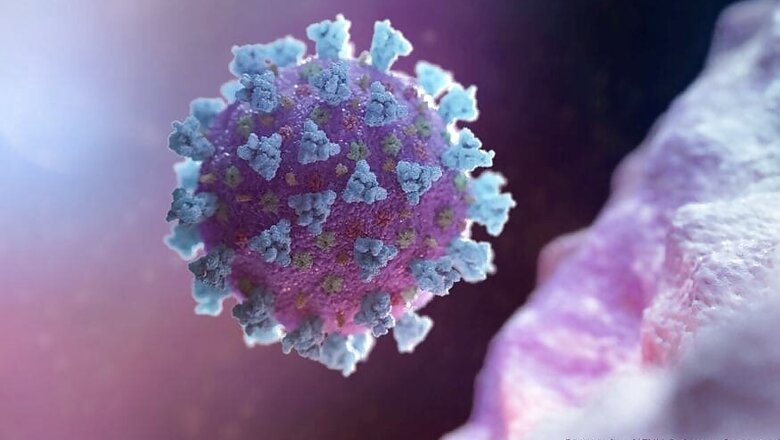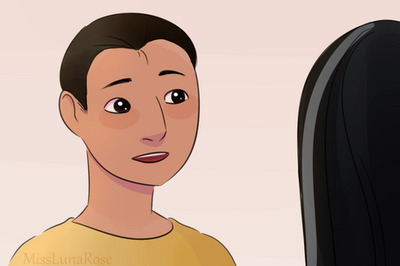
views
A personal, handheld device that emits high-intensity radiation to kill the novel coronavirus can be achieved using a new material, according to a study which may lead to a novel method for disinfecting populated areas like theatres, sports arenas, and public transportation vehicles.
The researchers, including those from the The Pennsylvania State University (Penn State) in the US, said there are two commonly employed methods to sanitise and disinfect areas from bacteria and viruses -- chemicals or ultraviolet (UV) radiation exposure.
They explained that UV radiation is in the 200 to 300 nanometre range, and can destroy the virus, making it incapable of reproducing and infecting.
According to the study, published in the journal Physics Communications, widespread adoption of the radiation approach, is in demand during the current COVID-19 pandemic, and requires sources that emit sufficiently high doses of UV light.
While such devices do exist, the scientists said UV radiation source is typically an expensive mercury-containing gas discharge lamp, that is bulky, requires high power, and has a relatively short lifetime.
They said the solution is to develop high-performance, UV light emitting diodes, which are far more portable, long-lasting, energy efficient, and environmentally benign.
While these LEDs exist, the study noted that applying a current to them for light emission is complicated since the electrode material also has to be transparent to UV light.
"You have to ensure a sufficient UV light dose to kill all the viruses," said Roman Engel-Herbert, an associate professor of materials science at Penn State.
Engel-Herbert explained that this needs a high-performance UV LED emitting a high intensity of UV light, which is currently limited by the transparent electrode material being used.
"There is currently no good solution for a UV-transparent electrode," added Joseph Roth, another co-author of the study from Penn State. The scientists believe that finding a new material with the right composition is key to advancing UV LED performance.
In the current study, the scientists reported that the solution for the problem might be found in a recently discovered new class of transparent conductors.
When theoretical predictions pointed to the material strontium niobate, the scientists tested the performance of this material as UV transparent conductors.
They said these films held the promise of the theoretical predictions, but needed a deposition method to integrate these films in a scalable way.
"We immediately tried to grow these films using the standard film-growth technique widely adopted in industry, called sputtering. We were successful," Roth said.
According to the scientists, this is a critical step to integrate this new material into UV LEDs at low cost and high quantity.
"We now realise that this breakthrough discovery potentially offers a solution to deactivate COVID-19 in aerosols that might be distributed in HVAC systems of buildings," Roth said.
They said the virus disinfection method can also be used in densely and frequently populated areas, such as theatres, sports arenas and public transportation vehicles such as buses, subways and airplanes.



















Comments
0 comment